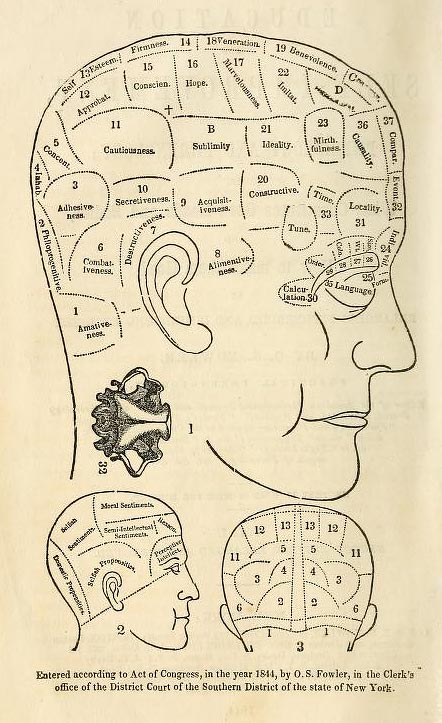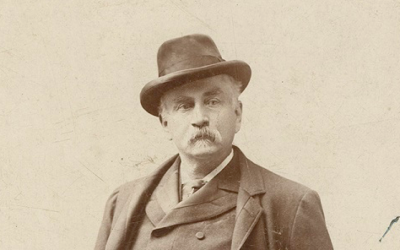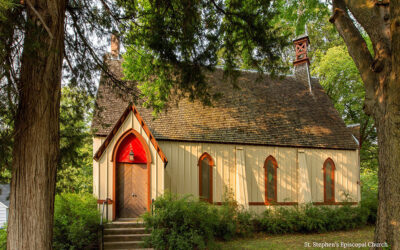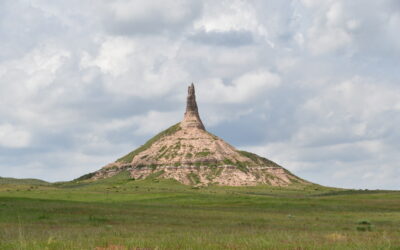Phrenology was a popular nineteenth-century pseudoscience that claimed a person’s personality and intellect could be determined by studying the shape of the skull. It was based on the theory that the brain was divided into various organs (areas) that controlled specific elements of character.
Despite its shaky scientific foundations, interest in phrenology was apparent here shortly after Nebraska became a state. The national Phrenological Journal and Life Illustrated in March 1870 reported: “For the encouragement of our co-laborers otherwhere [sic], we are enabled to ‘report progress’ for our cause in the fertile West. A new society has been organized in the young State of Nebraska, whose ‘constitution’ we herewith submit and commend. We copy it from a newspaper entitled The Orchard and the Vineyard, published in Peru, Nebraska.”
The Nebraska Phrenological Society, according to its published constitution, had for its purpose “the advancement of the science of Phrenology, and the promotion of intercourse among phrenologists, by meetings for the reading of papers, the exhibition of casts, busts, and other illustrative specimens, and by discussions and investigations, to point out the importance of phrenology as the true philosophy of mind, and its several applications in education, self-improvement, jurisprudence, and medicine, to correct misrepresentations respecting the science, and to awaken a more extended and lively interest in its cultivation.” James Pettit was president and B. L. Easley was secretary.
For the next several decades notices of phrenological lectures and lecturers appeared in the columns of Nebraska newspapers. Such events were considered educational as well as entertaining, with the speakers often conducting onstage examinations and consultations. The Omaha Daily Bee reported on January 10, 1882, the upcoming lecture of nationally known O. S. Fowler at the Academy of Music in Omaha. Fowler planned to speak on phrenology, “Health, Self-Culture, Memory, Success, Marriage, Rearing Children, etc.,” with consultations offered “as to your own children’s talents, best business, health management etc.”
As the nineteenth century wore on, however, and scientific knowledge advanced, phrenology was increasingly regarded as a fraud. The Daily Bee on April 17, 1888, remarked: “Two phrenological lecturers are examining bumps in the northwestern part of the state. An examination of their own craniums failed to reveal the possession of either brains or aptitude.” The belief that bumps and indentations of the skull were able to predict personality traits was largely abandoned after the turn of the century although a few still believe in its usefulness.

Phrenological chart from O. S. Fowler’s Education and Self-Improvement (New York, 1844).



